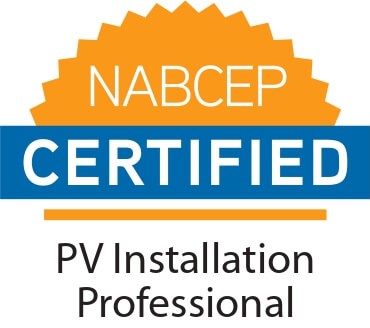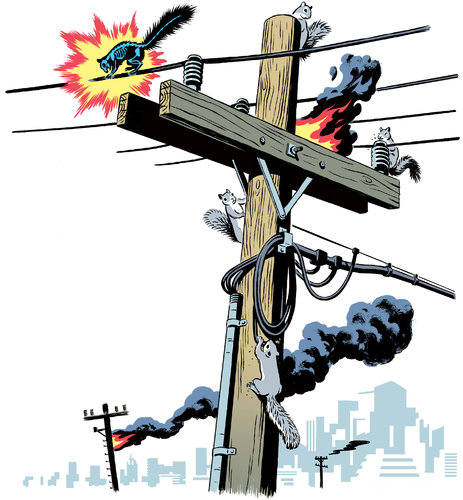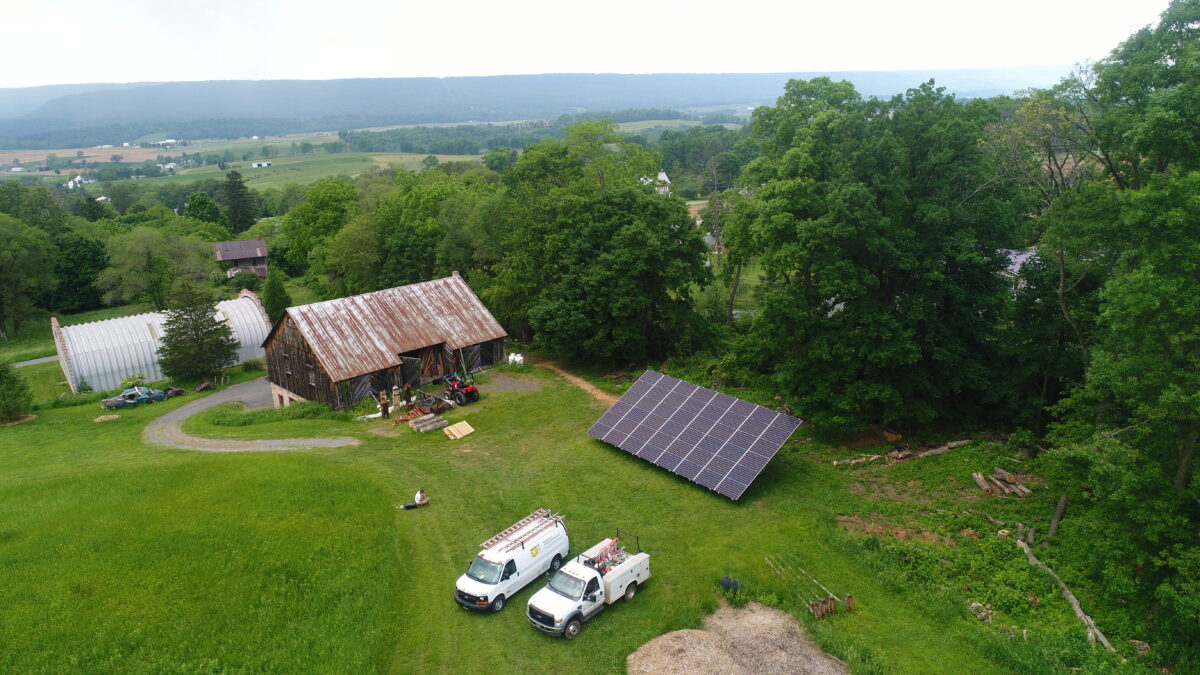Readers of the New Castle, PA, News got their papers late today because a power outage shut down the printing plant. While Penn Power eventually restored electricity, the cause of the outage is still unreported.
But it could have been almost anything.
On October 28, in Moundsville, WV, the cause was copper thieves, who cut through a power substation’s fence, broke the lock on the control house door, started helping themselves to 2 gauge copper wire, and tripped a circuit breaker in the process. About 3,000 homes and businesses were without electricity for almost two hours, and schools were closed.
The day before, just as schools were letting out in Farmington, VA, a failed lightning arrestor knocked out power in about 2,950 homes and businesses – and all the city’s traffic lights. It took four crews nearly an hour to restore it.
And Lynchburg’s downtown business district, as noted before, has been plagued with a whole string of outages caused by squirrels eating the insulation.
But while power outages can have many causes, there’s one best way to avoid them – and that’s with a Milestone Solar array with battery backup. Lynchburg, the home of those hungry squirrels, for example, enjoys 219 days with sunshine a year – and on each of those days, solar power can be charging a sealed, state-of-the-art battery bank.
When the power goes out, that battery bank kicks in – keeping your lights on, your food fresh and your appliances running – day and night, until the electricity comes on again, with no flammable fuels and no toxic emissions. And when it does, your Milestone Solar system cuts your electric bills by as much as 50%, earns you a tidy tax credit, and, according to Newsday, increases your home’s value by 3 to 4%.







